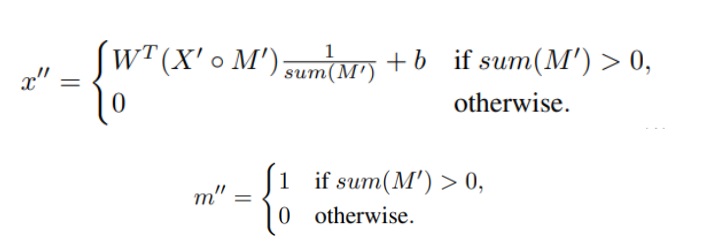Image Inpainting Techniques for Cultural Heritage Preservation and Ancient Image Restoration
Under the supervision of: Dr. Dhiraj Sangwan, Principal Scientist, CSIR-CEERI Pilani.
This project was done as a part of my Summer Research Internship at CSIR-CEERI Pilani.
-
What is a PConv U-Net U-Nets have proven their mettle in the semantic segmentation domain. The PConv U-Net is the adaptation of U-Nets for Inpainting. The Convolutional Layers in the encoding half of the U-Net are replaced with the Partial Convolutional Layers. It has masks and images as the inputs. The PConv Layer learns features from everything but the masked regions. When upsampling, the model regenerates the masked regions and hence carries out Inpainting. When used in ancient image restoration, the masked regions are the deteriorated regions in the image and the PConv U-Net hence restores the images by inpainting in these deteriorated regions.




Shreeyash Gowaikar PROJECT
U-Nets Computer Vision Generative Networks